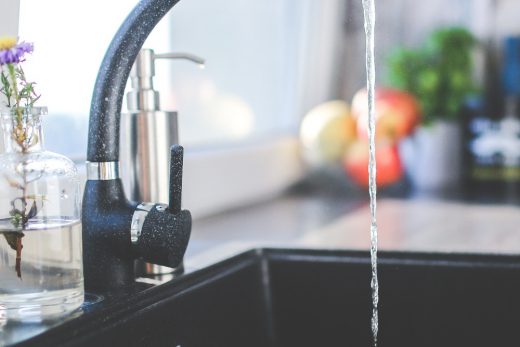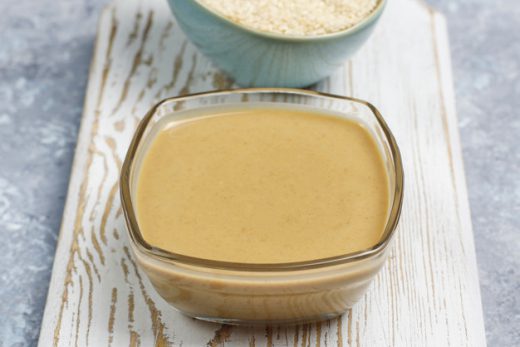I’ve found that using 20% whole wheat flour strikes the perfect balance, making the dough much more flavorful and nutty than one made with just all-purpose flour, while also not compromising its structure.
How do you get that pocket? Here are my rules.
Rule 1: Knead the Dough Well
Pita is a yeasted bread, which means it has to go through several stages: mixing, proofing, shaping, final proofing, and baking. To make pitas, start by simply mixing all of the ingredients together.
As with all yeasted breads, make sure that your liquid (in this case, water) is at the right temperature for the yeast to wake up and start doing its job of fermenting the dough and producing carbon dioxide. Go with a temperature of around 105°F (41°C), and don’t let it get higher than 120°F (49°C), or the yeast will start to die, and that’s just cruel.
Mix until it forms what we bakers call a “shaggy mass.” At this point, almost all of the flour is incorporated, and the mixture has almost become a dough, but is still rather ragged.





